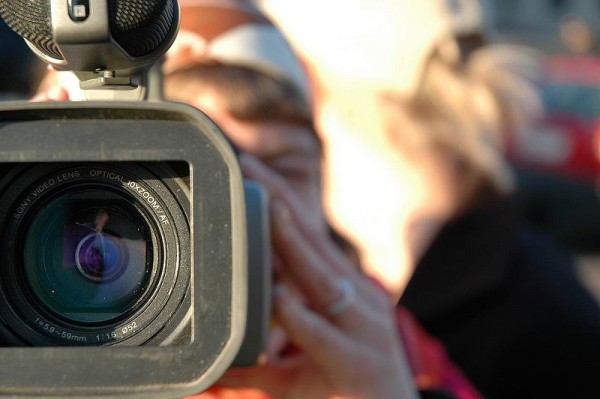10 November 2011
From The S Factor Blog: Know Your Audience
Posted by mcadams
Note: This post is being re-posted from The S Factor blog, a blog dedicated to The S Factor video workshop, taking place at the 2011 AGU Fall meeting, that’s written by filmmaker and temporary consultant to AGU Dan Curl. There, three Hollywood filmmakers will share their video-making expertise, critiquing ten videos created by AGU scientists in front of a live audience. Don’t miss it! For more secrets behind successful scientific video storytelling, be sure to check back on The S Factor blog!
Excerpt from “Documentary Storytelling” (2007) by Sheila Curran Bernard:
“Who is your intended audience? Many documentaries, whether produced independently or in-house, are created with an audience in mind. It’s always possible that the film you thought would only reach your immediate geographic region will be a break-out hit, but in general, you should have some idea whom you want it to reach: age, geographic area, educational level, etc. This doesn’t mean that you shouldn’t try to also reach a wider audience, just that you’re likely to approach MTV’s audience differently, for example, than Discovery’s, or that you hope to reach public television not only in the United States but also in the United Kingdom and Germany. …Keep in mind, though, that in the end, you still want to reach people with a subject and story that grab them, hold them, and-ideally-stay with them long after the lights are back on.”
Over the next few blog posts, I will be sharing some tips to aid our up-and-coming scientist-filmmakers in planning, developing, and executing better video storytelling. Some of the tips will be theoretical in nature, while others will focus on the technical craft of filmmaking. Today, we will discuss a critical component to developing effective media: Targeting an Audience.
Television stations strive for high Nielson ratings, a measure of audience size and composition, ever seeking to attract the coveted 18-49 adult demographic. Movie studios are constantly on the hunt for scripts that can “hit all four corners”; men and women, young and old. While creating media that can reach a wide audience is paramount, it is most beneficial to a filmmaker to target a specific core audience. These are the people who will be the most receptive, most passionate, and most vocal about supporting your work.
A great example of targeting an audience with great success is a show titled The Guild. The Guild is a comedy web series that revolves around a group of extreme video gamers who attempt to lead normal lives outside of their gaming world. When the series was first created, they only had enough money to produce three episodes. The episodes were finely crafted to appeal to a core set of demographics and were an instant hit. Fans overwhelmingly supported the show, going so far as to donate funds through PayPal to complete the first season. With such profound success, Microsoft took notice and offered a deal to broadcast the series on their Xbox Live and Zune platforms for a small rental fee. Sprint got involved and allowed the series to be viewed free of charge. The show is now in its fifth season and has won numerous media awards.
As the example of The Guild illustrates, sometimes reaching a broad audience requires a gradual buildup, but the buildup must begin with a firm bedrock of loyal supporters. You should be asking yourself who your supporters are going to be from the outset of producing your media. Who do you want to watch your video? Are you producing media for fellow colleagues? Undergraduates? High schoolers? Is it a topic that directly affects men? Women? Children? Are there other media that address your topic? How did they present their findings or argument? How will your media be different than theirs? All of these questions should be answered before beginning any form of production. Knowing your audience will help you to finely hone your message and drive the direction of your story.
For more information on creating scientific media, I strongly suggest you check out Bernard’s Documentary Storytelling. It is a well-written, solid overview of every step that goes into making compelling documentary films, and can be ordered from online bookstores.
By Dan Curl, Consultant to AGU



 The Plainspoken Scientist is the science communication blog of AGU’s Sharing Science program. With this blog, we wish to showcase creative and effective science communication via multiple mediums and modes.
The Plainspoken Scientist is the science communication blog of AGU’s Sharing Science program. With this blog, we wish to showcase creative and effective science communication via multiple mediums and modes.